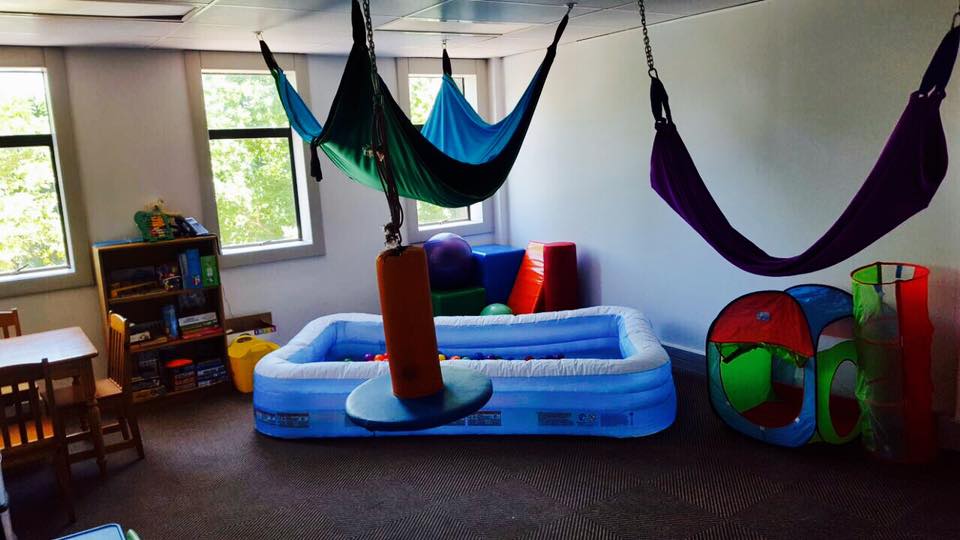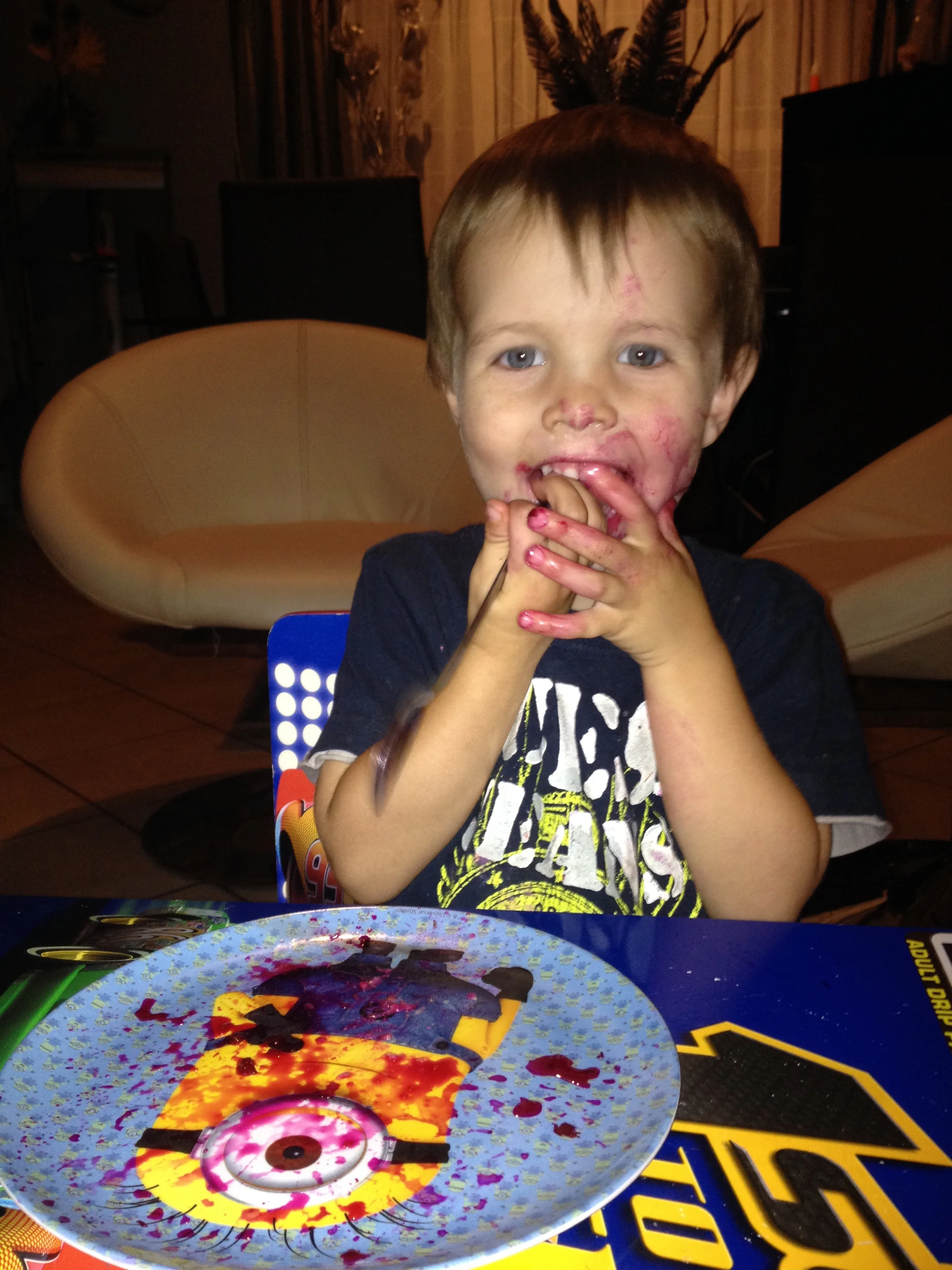
Why early OT intervention is important.
Figuring out therapy - A moms advise
Cortical Visual Impairment is underrated and needs more exposure. Lets educate and help these children.
If you have a fussy eater, join the club of stressed out parents. This post is for you.
What is the vestibular system and how does it affect your child? In this article we explore this sensory system and look at ways it can be addressed at home.
How do we stimulate our babies without overstimulating them? How will we know the signs? Read here to find out more.
In this article we aim to explain the difference between anxiety and sensory processing disorder, as well as some of the similarities that they share.
When is it Sensory Processing Disorder and when is it Attention Deficit Hyper Activity Disorder?
This article aims to explain how easily it could be confused.
In this article we try to help out with some of the OT lingo that is used when we speak about visual perceptual skills. Hopefully this can clarify some terms for parents.
What are OT’s talking about when we refer to gross motor terms? This article aims at explaining some terms you may come across in your OT report regarding gross motor skills.
What are OT’s talking about?
In this article we aim to explain what it is that we are saying when we type your reports regarding fine-motor skills.
How do we know when it is the right time to introduce utensils to our children. How do we go about doing it and when do we need to panic? Click on the” read more” button to find out.
Click on the link below to read about the Moro Reflex
Click on the link below to read about the Tonic Labyrinthine Reflex (TLR)
Click on the link below to read about the Symmetrical Tonic Neck Reflex (STNR)
Click on the link below to read about the Asymmetrical Tonic Neck Reflex (ATNR)
Reflexes are natural uncontrolled movements present in our bodies. Some are present in infants, but should be integrated at a certain age to prevent negatively influencing our everyday activities and movements. Click on the link below to read more about reflexes and the effects they can have on our every day lives.
Oral sensory processing involves our perception of tactile input in our mouths. It is an important means of exploration for children at a young age. Click the link below to read more about oral sensory processing and the difficulties that may be experienced with it.
The interoceptive sensory system is one that is not often spoken about, but has a big impact on the functioning of our children every day. Examples of this include potty training difficulties and bed wetting. Click on the link below to read more about this system and the difficulties associated with it.
The proprioceptive system is an important sensory system that we all use, yet it is not yet known by everyone. It helps us get an idea of where our bodies are in space, allowing us to perform gross motor skills. Click on the link below to read more about this system and the effect t has on your child.
The visual system plays an important role in how we interpret our environment. Difficulties with this system are not just linked to visual acuity, but also involves the child's ability to take in visual information without feeling overwhelmed. Click on the link below to read more about the visual system.
The tactile system is important in allowing our children to explore and learn about their environment. Difficulties with this system can result in children either seeking tactile input, or avoiding different textures. Click on the link below to read more about the tactile system.
We often hear about our 5 senses. We teach children at a young age about touch, smell, sight, hearing, and taste - but did you know that there are 3 other senses that our bodies rely on as well? Click on the link below to discover all 8 of our sensory systems.
When we speak about sensory systems, we often look at the impact it has on children and their development; however, our sensory systems play an important role throughout our lives. Click on the link below to read about the impact these systems have on the elderly.
There are many ways we communicate with our infants - we speak to them, we play peek-a-boo, and we give them loves and tickles. These are all important for their early development; but one method that does not get enough credit is the use of physical touch. Click on the article below to read about its importance in our children's lives.
Bilateral integration is the ability to use our hands simultaneously during play. This develops into the use of our hands for every day activities, and is an important foundation in childhood. Click on the article below to read more about bilateral integration and the effect it has on your child.
The debate about this sitting position has been going on for many years, but what is the impact that this position has on your child? Is it something to worry about? Click on the link below to find out more about the W-sit.





























